Cricket is a sport that has captured the hearts of millions around the world. With its unique rules, dynamic plays, and rich history, there’s always something new to discover about this beloved game. Let’s dive into some of the most fascinating facts about cricket that will leave you amazed.
Top 15 Cricket Facts (One Line Facts)
- Cricket started as a simple kids’ game hundreds of years ago.
- The longest cricket match ever played went on for 14 days!
- Cricket bats are made from a special kind of wood called willow.
- One amazing bowler once got four wickets with four balls in a row!
- One of the best cricket players ever was so good, his score is almost impossible to beat.
- There’s a special ball in cricket called a “googly” that tricks batters.
- Three countries from Asia (India, Pakistan, and Sri Lanka) have all won the famous Cricket World Cup.
- Chris Gayle scored the fastest hundred in a super-short type of cricket game.
- Believe it or not, cricket used to be an Olympic sport!
- England and Australia have a super old rivalry called “The Ashes.”
- The legendary Sachin Tendulkar holds the record for the most runs and centuries of all time.
- Muttiah Muralitharan has taken more wickets than anyone else in Test cricket.
- When a bowler gets three wickets in a row, it’s called a “hat-trick”!
- The number 111 is considered bad luck in cricket and it’s even called “Nelson.”
- The Vatican City (yes, where the Pope lives!) has its own cricket team.
1. Cricket’s Humble Beginnings: A Childhood Game (16th Century)
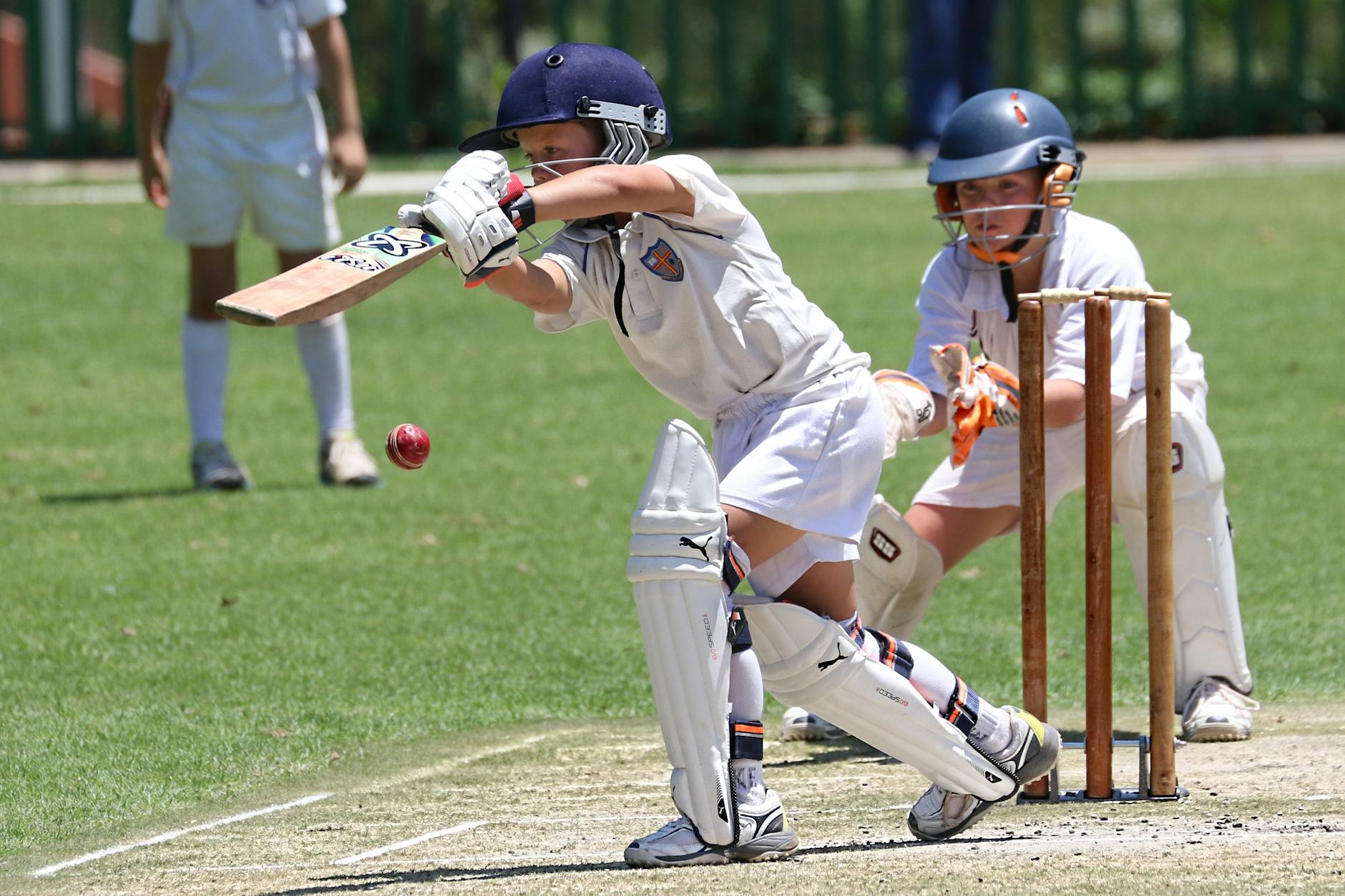
Cricket’s origins are surprisingly down-to-earth. Many historians believe it emerged in the 16th century as a simple game played by children in southeast England, particularly in an area called the Weald. These early games likely involved hitting a ball with a stick and rudimentary rules that gradually evolved into the complex sport we know today.
2. A Marathon Match: The Longest Game in Cricket History (14 Days!)
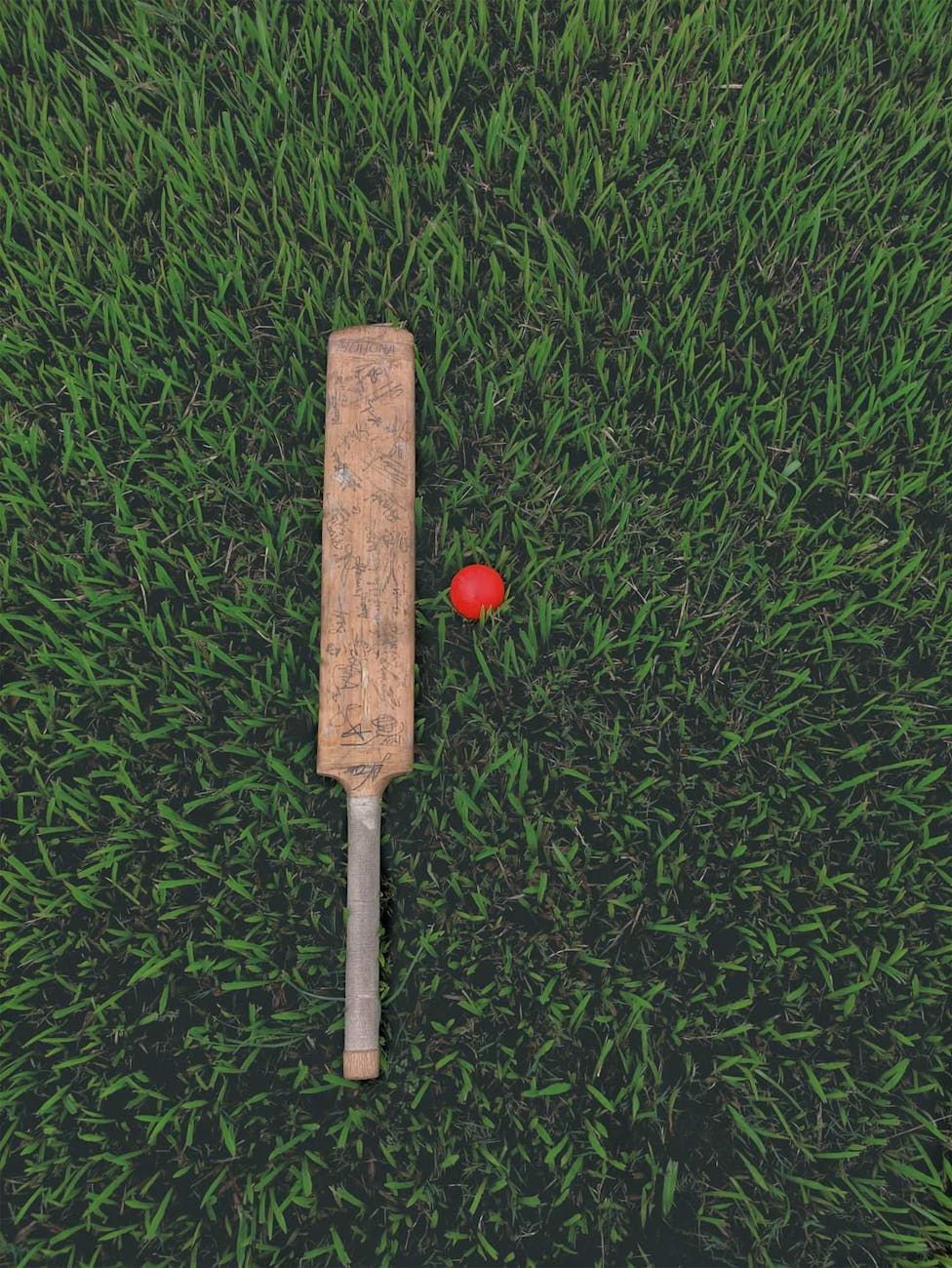
Believe it or not, the longest cricket match ever played stretched a staggering 14 days! This epic encounter took place in 1939 between England and South Africa. The sheer length of the match was due to several factors, including rain delays and the need for rest days. Interestingly, the match eventually ended in a draw because the English team had to return home by ship!
3. The Willow Wonder: Why Cricket Bats Are Made from This Special Wood

Cricket bats are not crafted from just any wood; they are specifically made from willow. But why willow? This special wood offers the perfect combination of properties for a top-notch cricket bat. Willow is lightweight, allowing for easier bat control and powerful swings. At the same time, it’s incredibly strong and resilient, able to withstand the impact of a hard cricket ball repeatedly. Additionally, willow’s shock-absorbing qualities help to minimize the sting in the batter’s hands on contact with the ball.
Read More: 15 Unbreakable Sports Records That Will Leave You in Awe
4. A Bowling Masterclass: Four Wickets in Four Balls by Lasith Malinga
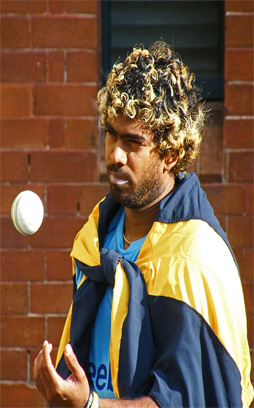
Lasith Malinga, a phenomenal Sri Lankan fast bowler, etched his name in cricket history by achieving the near-impossible feat of taking four wickets with four consecutive balls in a World Cup match against South Africa in 2007. This incredible bowling performance showcased the immense skill and precision required to be a successful bowler in cricket.
5. The Don’s Domination: Sir Donald Bradman’s Unmatched Batting Average
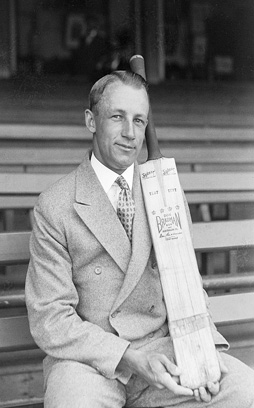
Sir Donald Bradman, an Australian cricketing legend, holds a record that is almost too good to be true. His career batting average sits at a staggering 99.94, a statistic that highlights his unmatched dominance at the crease. To put this into perspective, an average above 50 is considered exceptional in professional cricket. Bradman’s phenomenal consistency and ability to score runs far surpassed his competitors, making him arguably the greatest batsman of all time.
6. The Deceptive Delivery: The Googly Explained
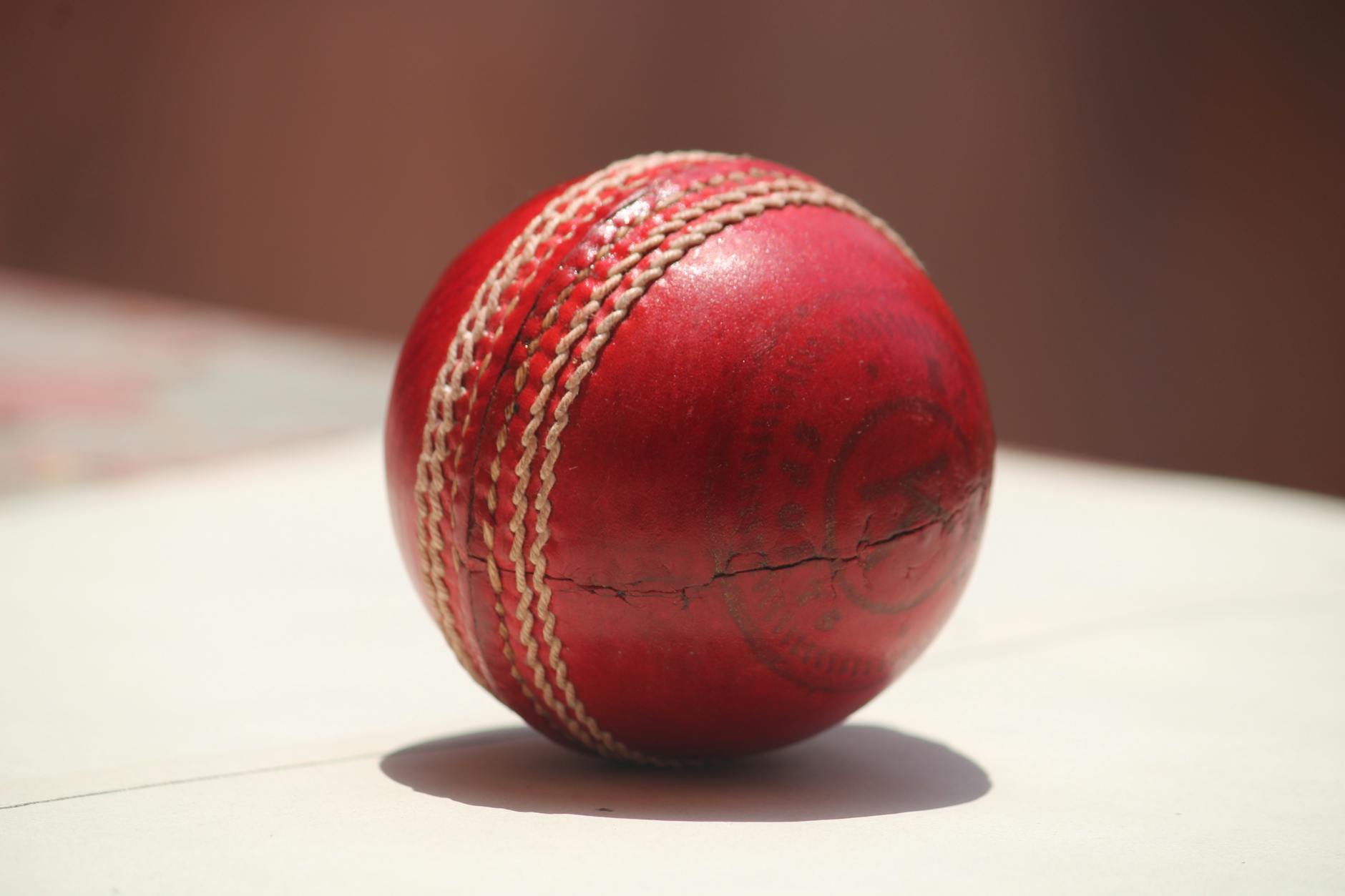
Cricket involves a variety of bowling techniques designed to outsmart the batter. One such delivery is the “googly,” a ball that spins in the opposite direction than the batter expects. This deceptive maneuver is achieved by the bowler releasing the ball with a specific wrist action, causing it to spin the other way after bouncing. A well-executed googly can leave the batter completely fooled, resulting in a missed shot or even a wicket.
Read More: Top 15 Extreme Sports Explained: Discover the Wildest Thrills and Athletes
7. Asian Powerhouses: Cricket World Cup Champions

The Cricket World Cup, considered the pinnacle of the sport, showcases the best cricketing nations in the world. Three countries from Asia – India, Pakistan, and Sri Lanka – have each lifted this prestigious trophy, proving their might on the big stage. India is particularly notable, having claimed the World Cup title on multiple occasions. These triumphs are a testament to the passion, skill, and dedication of these Asian nations within the sport of cricket.
8. Lightning Fast: Chris Gayle’s Record-Breaking Century
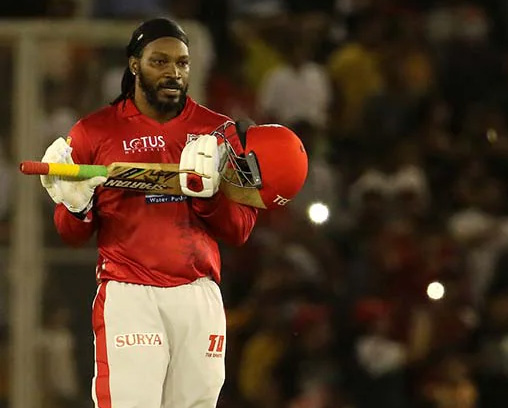
When it comes to explosive batting, no one does it better than West Indies powerhouse Christopher Gayle. During the Indian Premier League (IPL) in 2013, Gayle achieved the astonishing feat of scoring a century (100 runs) in just 30 balls – the fastest in T20 cricket history! This mind-boggling performance included breathtaking sixes and fours, showcasing Gayle’s incredible power and fearlessness at the crease.
9. Olympic Origins: Cricket’s Brief Appearance on the Global Stage

While you might not associate cricket with the Olympic games, believe it or not, cricket actually featured as an Olympic Sport… once! Back in 1900, during the Paris Olympics, Great Britain and France competed for the coveted gold medal, with Great Britain emerging victorious. Unfortunately, cricket never made a return to the Olympic scene, leaving its brief appearance as a historical curiosity.
Read More: Unlock the Psychology of Winning: Top 15 Surprising Facts
10. A Fierce Rivalry: England vs. Australia in ‘The Ashes’
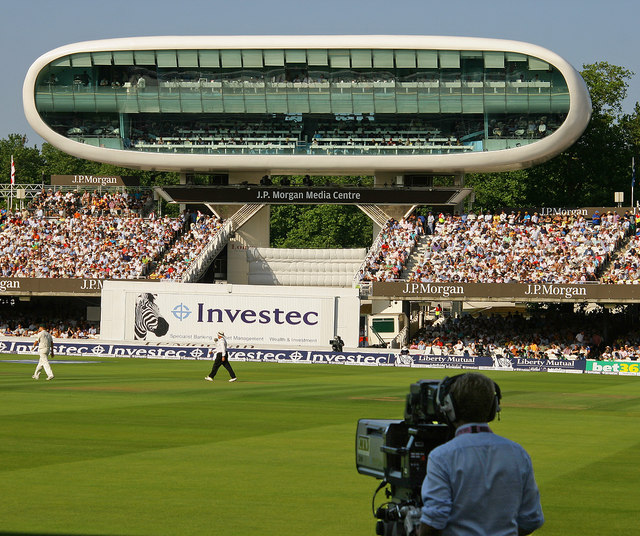
One of the most iconic and long-standing rivalries in sports is ‘The Ashes.’ This legendary Test cricket series between England and Australia dates back to 1882 and continues to capture the imagination of fans worldwide. The origins of the name are quite quirky – after England lost to Australia on home soil, a newspaper wrote a satirical obituary for English cricket, stating that “the body will be cremated, and the ashes taken to Australia.” This playful comment ended up giving birth to the ‘Ashes’ tradition and fueled an intense sporting rivalry that continues today.
11. A Legend of the Game: Sachin Tendulkar’s Record-Breaking Career
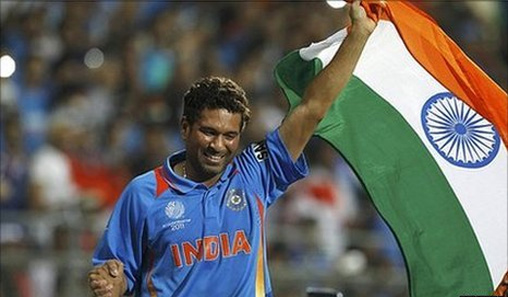
Widely regarded as one of the greatest batsmen ever, Sachin Tendulkar from India holds numerous records that are likely to stand the test of time. He boasts the impressive records of most runs scored and most centuries (100s) in international cricket history. Tendulkar’s longevity, consistency, and technical brilliance made him a giant of the game, inspiring generations of cricketers and fans alike.
12. Masterful Spin: Muttiah Muralitharan’s Wicket-Taking Prowess

Sri Lankan spinner Muttiah Muralitharan holds the title as the most successful wicket-taker in Test cricket history. His unconventional bowling action and the ability to generate incredible spin on the ball baffled batsmen across the world. Muralitharan’s record number of wickets speaks volumes about his skill, dedication, and enduring impact on the sport of cricket.
Read More: Discover 15 Powerful Benefits of Yoga for Mind & Body
13. The Thrill of the Hat-Trick
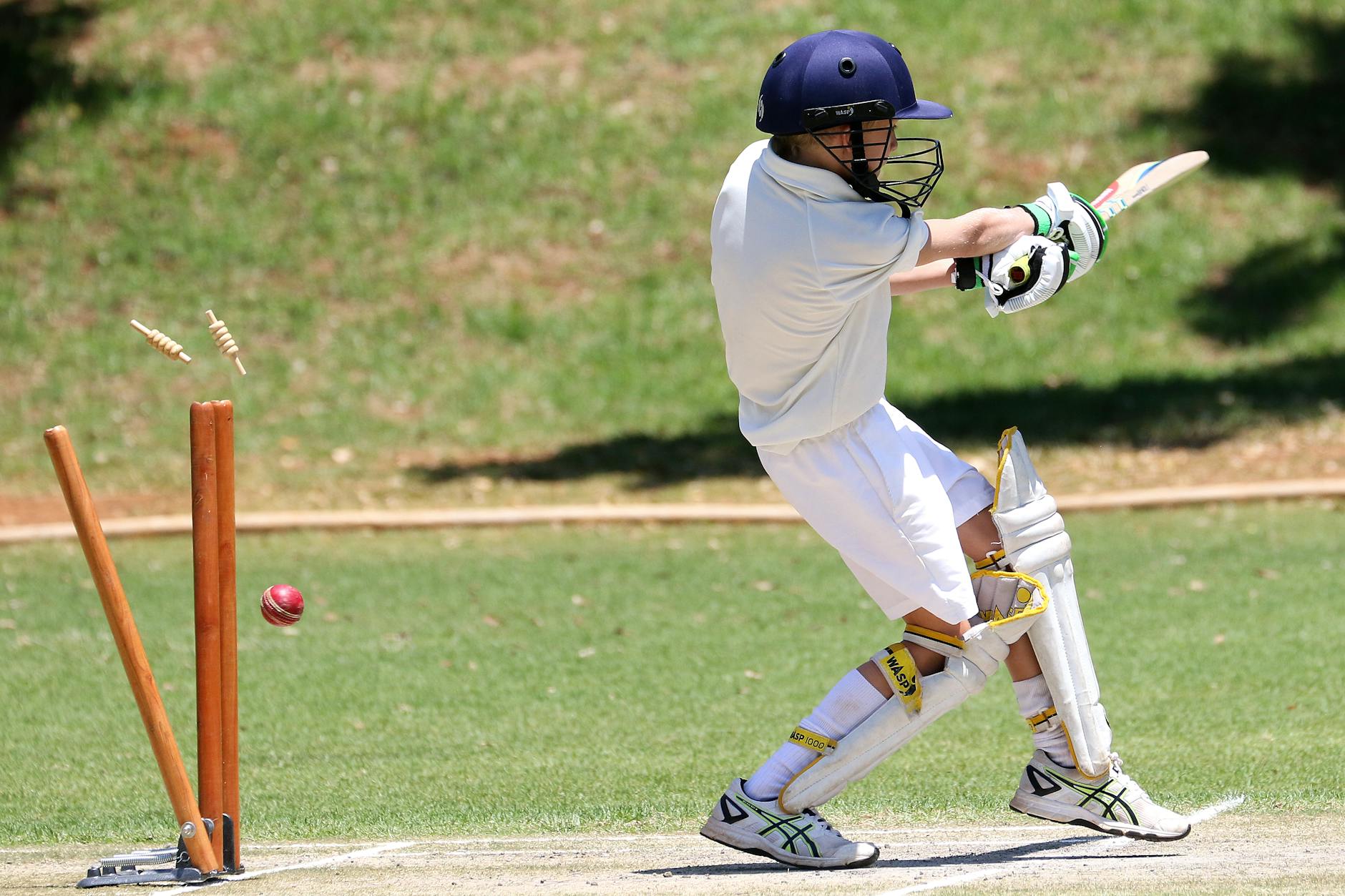
In cricket, a ‘hat-trick’ is a magical event where a bowler takes three wickets in three consecutive deliveries. This remarkable achievement requires a combination of skill, strategy, and a little bit of luck. Hat-tricks are rare and celebrated moments, showcasing a bowler’s ability to dominate a batting lineup and swing the momentum of a match.
14. Superstitions & Nelson!
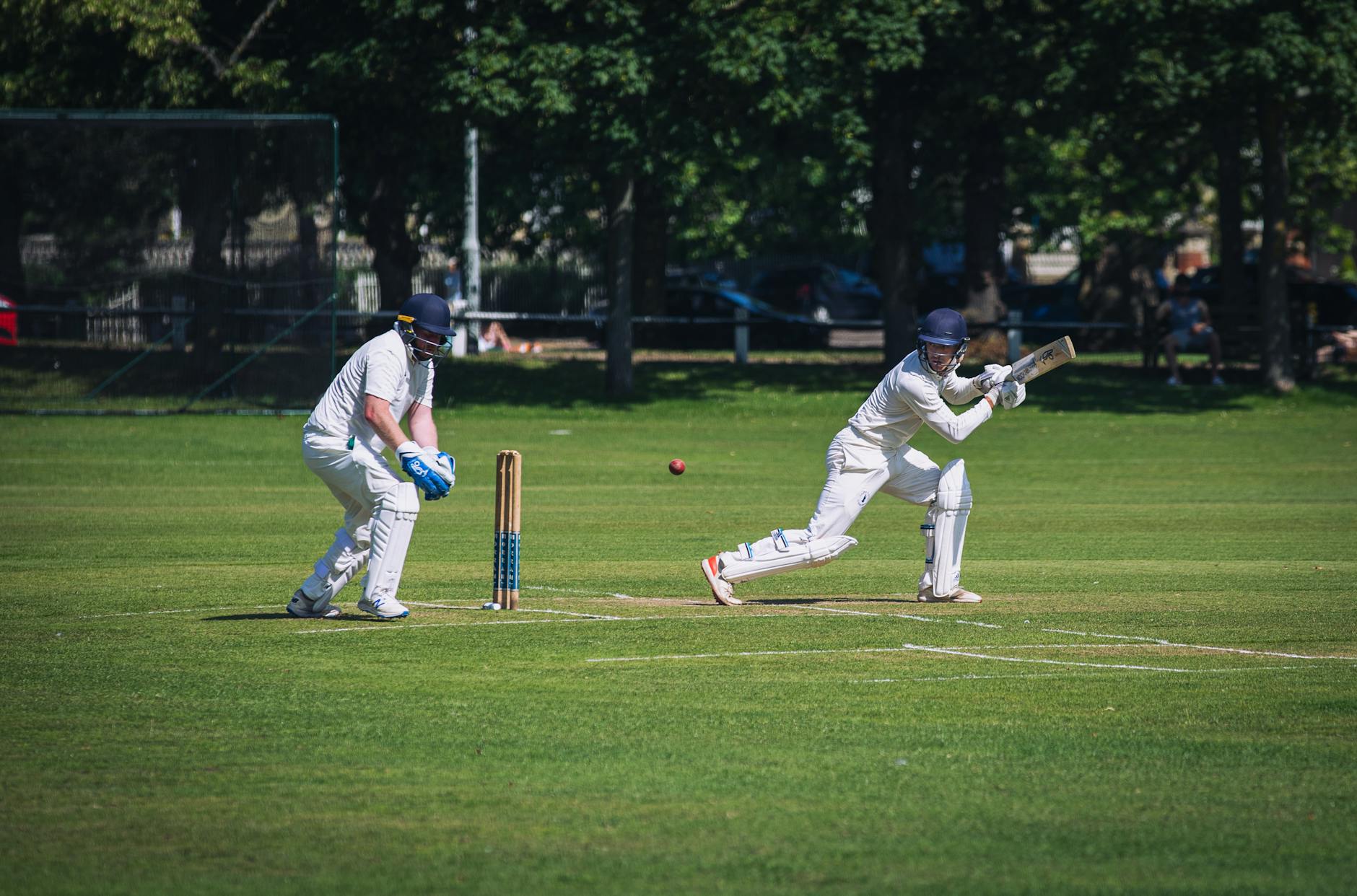
Cricket, like many sports, has its fair share of quirky superstitions. One notable example is the belief that the score of 111 is bad luck, often referred to as “Nelson” (which has a few disputed origins). Batsmen try to avoid being dismissed (getting out) on this number, highlighting the fascinating role that superstitions can play even in highly competitive sports.
15. An Unexpected Team: The Vatican City Cricket Club
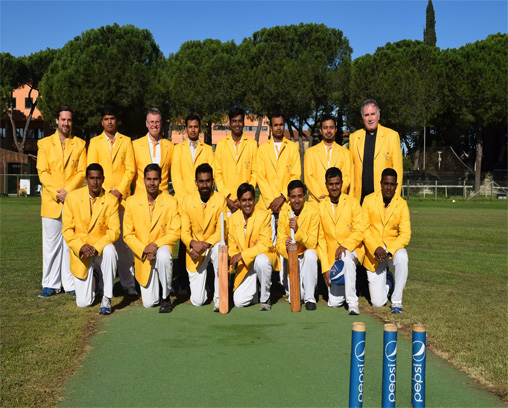
Did you know that the Vatican City, the smallest sovereign state in the world, has its own cricket team? The team is primarily composed of priests and seminarians studying in Rome, with a focus on promoting interfaith dialogue and friendship through sport. They have played several matches against teams from England, showcasing the global reach and diverse appeal of cricket
Conclusion:
From its surprising origins as a children’s game to the high-stakes world of international competition, cricket is a sport packed with history, exciting moments, and quirky traditions. These 15 facts have hopefully shed some light on the captivating world of cricket. Whether you’re a longtime fan or new to the sport, there’s always something new and intriguing to discover!
15 FAQs ( Frequently Asked Questions):
-
What are the basic rules of cricket?
Cricket involves two teams of 11 players. One team bats, trying to score runs, while the other team bowls and fields, trying to get the batters out. The game is played in innings, and the team with the most runs at the end wins. There are many detailed rules, but that’s the basic idea!
-
How long does a cricket match last?
Cricket matches can vary in length depending on the format being played:
Test Matches: The traditional long format, lasting up to five days.
One Day Internationals (ODIs): Matches completed in a single day, with each team batting for 50 overs (an over consists of six balls).
Twenty20 (T20): The shortest and most action-packed format, with each team batting for 20 overs. -
Where is cricket most popular?
Cricket is hugely popular in countries like India, Pakistan, Australia, England, South Africa, New Zealand, West Indies, and many more. Its popularity continues to grow across the globe!
-
What equipment do you need to play cricket?
Essential equipment includes: A bat, a ball, wickets (three wooden stumps at each end of the pitch), and protective gear for the batter and wicketkeeper (pads, gloves, helmet).
-
What’s the difference between a batsman and a bowler?
Batsman: The player who tries to score runs by hitting the ball bowled by the other team.
Bowler: The player who delivers the ball to the batsman with the aim of getting them out. -
What are the different ways a batsman can get out?
There are several ways a batsman can be dismissed:
Bowled: When the bowler breaks the wicket with the ball.
Caught: When a fielder catches the ball before it bounces, after the batsman has hit it.
Leg Before Wicket (LBW): If the ball hits the batsman’s body (usually the legs) and would have gone on to hit the wicket.
Run Out: When a fielder breaks the wicket with the ball while the batsman is outside their crease.
Stumped: If the wicket-keeper breaks the wicket with the ball while the batsman is out of his crease and has missed the ball. -
What do all the fielding positions mean?
Fielding positions play a crucial role in cricket strategy. Some common positions include:
Slips: Fielders positioned behind the batsman, ready to catch edges
Gully: A fielder slightly further behind slips.
Mid-wicket, cover, long-on, long-off: Fielders positioned around the field in an arc
Wicket-keeper: Specialist fielder directly behind the batsman’s wicket. -
What is the difference between Test cricket, ODIs, and T20s?
The main difference is the length of the match:
Test Cricket: The longest format spanning up to five days, emphasizes endurance and strategy.
ODIs: One-day matches, each team gets a limited 50 overs to bat, a balance between strategy and aggression.
T20s: The fastest and most explosive format, each team has only 20 overs, focuses on power-hitting and quick scoring. -
What is the ICC?
The ICC stands for the International Cricket Council. It is the global governing body for cricket, responsible for organizing major tournaments like the World Cup, setting rules, and promoting the sport worldwide.
-
How can I learn more about cricket and get involved?
There are lots of ways to get into cricket:
Watch Matches: Start by watching professional matches on TV or online.
Find a Local Club: Search for cricket clubs in your area to play or watch.
Learn the Rules: Online resources and videos can help you understand the game.
Practice!: Even simple backyard cricket can be a fun way to start! -
What’s the significance of a “century” in cricket?
A century refers to a batsman scoring 100 or more runs in a single innings. It’s considered a major milestone in cricket, demonstrating a player’s skill and consistency.
-
What is the role of the umpire in cricket?
Umpires are the officials who enforce the rules of cricket during a match. They make important decisions like calling wickets, signaling wides and no-balls, and overseeing the overall fair play of the game.
-
What are some famous cricket stadiums around the world?
Cricket boasts some truly iconic venues:
Lord’s Cricket Ground (England): Known as the “Home of Cricket.”
Melbourne Cricket Ground (Australia): One of the largest stadiums in the world.
Eden Gardens (India): Renowned for its passionate crowds.
Wankhede Stadium (India): Hosted the 2011 Cricket World Cup Final.
Dubai International Stadium (UAE): A modern venue in the Middle East. -
Why is cricket so popular in India?
Cricket’s popularity in India can be attributed to several factors:
Historical Influence: British rule introduced cricket to India, and it took root over time.
National Success: India’s achievements on the international stage have fueled passion for the sport.
Star Players: Icons like Sachin Tendulkar became national heroes, inspiring generations.
Accessibility: Cricket is a game that can be played with minimal equipment, making it accessible to people of all backgrounds. -
Are there women’s cricket teams?
Yes! There’s a thriving world of women’s cricket with professional teams, international tournaments, and a growing fanbase. The Women’s Cricket World Cup and the Women’s T20 World Cup are prime examples of high-level competition.




